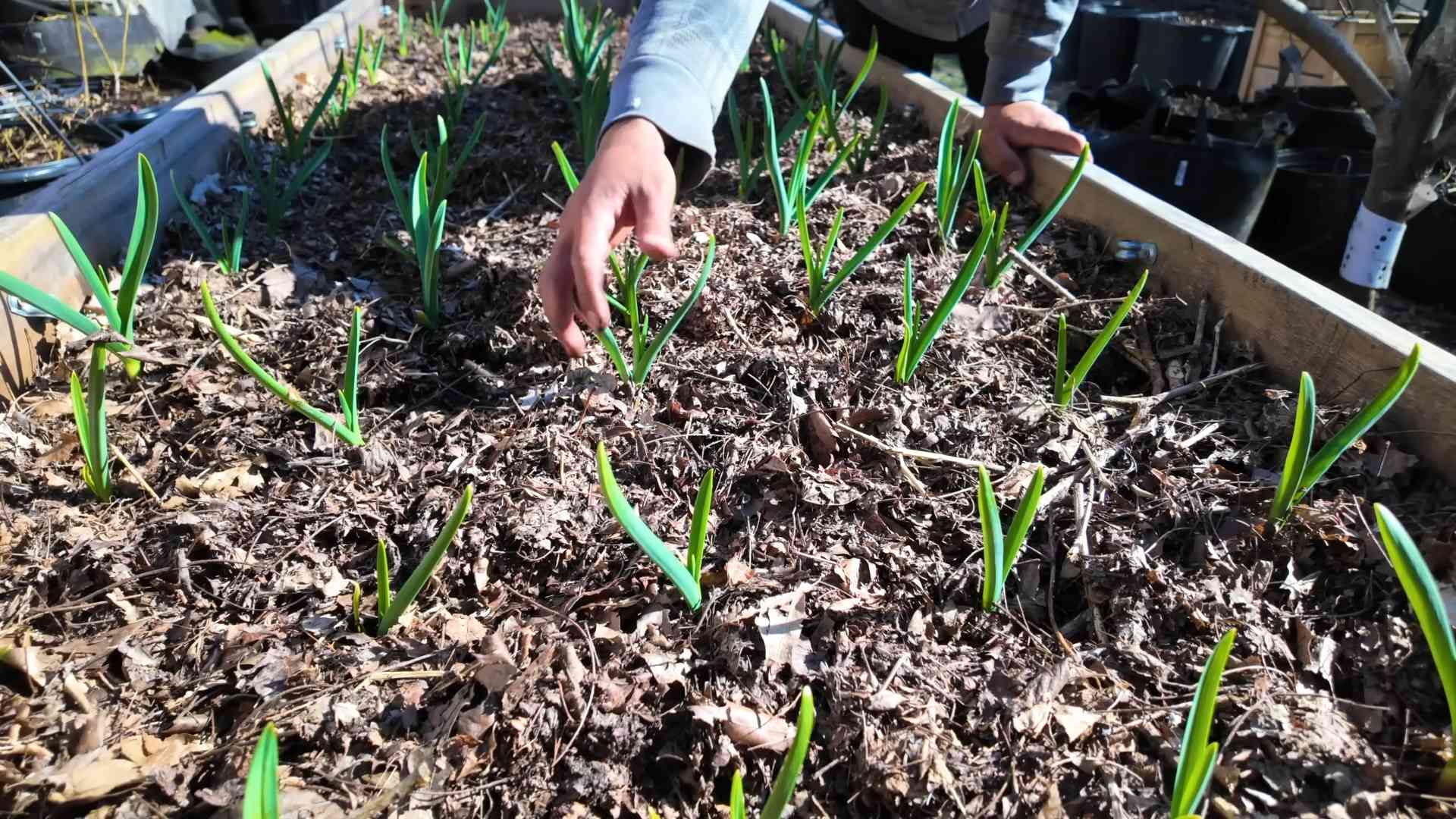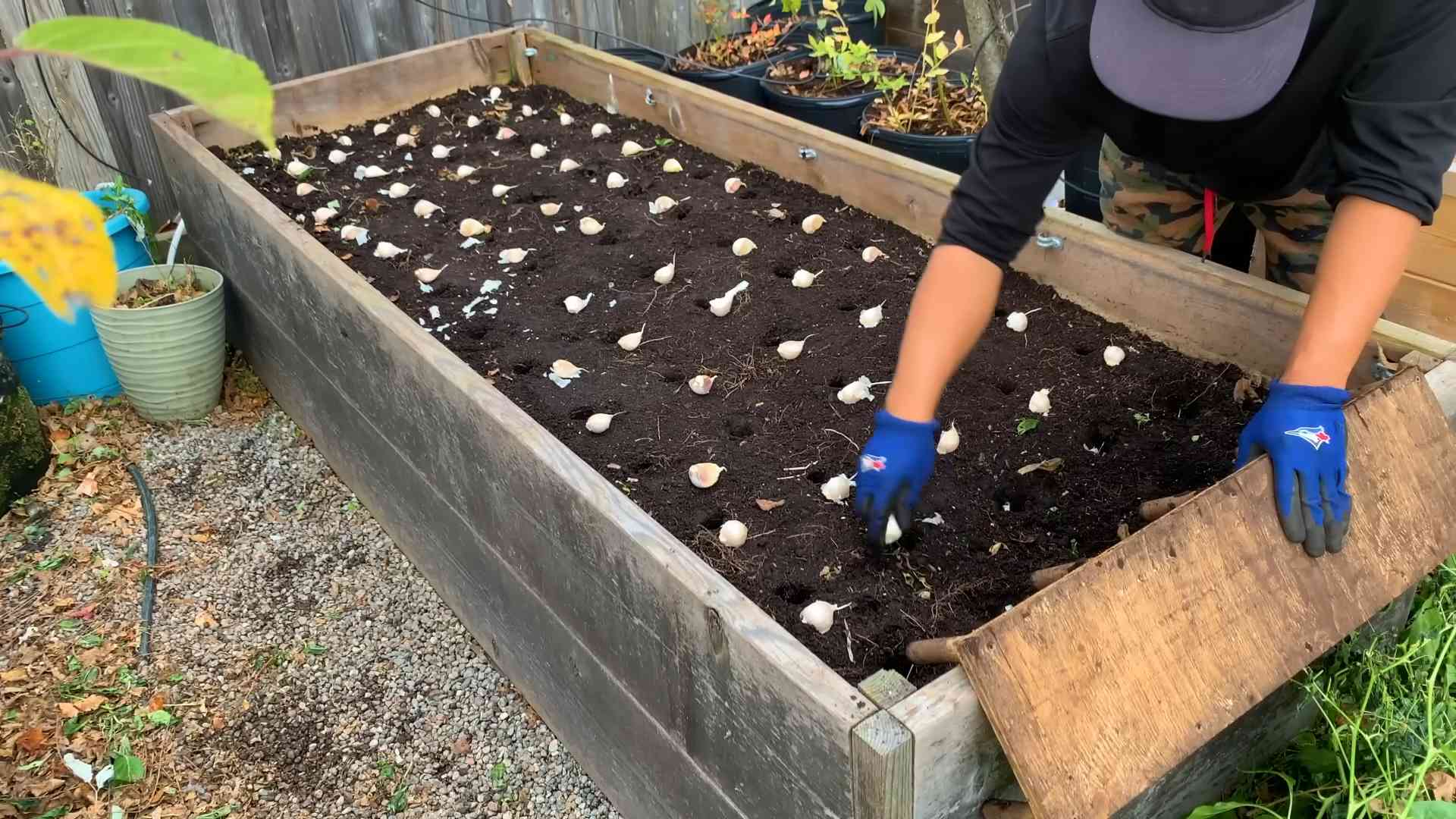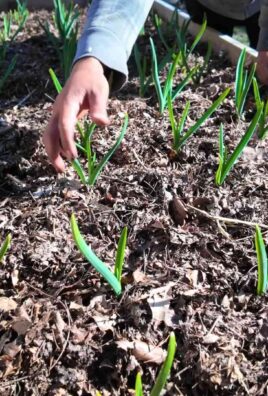Garlic Money Saving Tip
Have you ever looked at the price of garlic at the grocery store and gasped? I know I have! That’s why I’m so excited to share my Garlic Money Saving Tip with you today – a simple, yet incredibly effective DIY trick that will not only save you money but also provide you with the freshest, most flavorful garlic you’ve ever tasted. Growing your own garlic is a surprisingly rewarding experience, and it’s far easier than you might think. This isn’t just about saving a few bucks; it’s about connecting with nature, understanding where your food comes from, and enjoying the satisfaction of harvesting your own homegrown bounty.
The history of garlic is rich and fascinating, stretching back millennia. Used for culinary and medicinal purposes across numerous cultures, garlic has always held a special place in human history. From ancient Egypt to modern kitchens, its pungent aroma and potent properties have made it a staple ingredient. But let’s be honest, the cost of consistently buying high-quality garlic can really add up!
Why Grow Your Own?
This Garlic Money Saving Tip isn’t just about pinching pennies; it’s about quality and control. Store-bought garlic can lose its flavor and potency over time. By growing your own, you’ll have access to fresh, vibrant garlic bulbs all season long, ensuring your dishes always have that perfect garlicky punch. Plus, imagine the pride of presenting a beautiful, homegrown bulb to friends and family – it’s a conversation starter and a delicious gift all in one!
So, are you ready to embark on this simple yet rewarding journey? Let’s dive into my easy-to-follow guide and discover how you can significantly reduce your grocery bill while enjoying the freshest garlic imaginable. Get ready to experience the joy of homegrown goodness with this amazing Garlic Money Saving Tip!

Grow Your Own Garlic: A Money-Saving DIY Project
Garlic. I love it. But let’s be honest, the price at the grocery store can be a real bite out of your budget. That’s why I decided to try growing my own. It’s easier than you think, and the savings are amazing! Here’s how I did it, and how you can too.
Phase 1: Planning and Preparation
- Choose your garlic: I started with bulbs from my local farmer’s market. They were a bit more expensive upfront, but the quality was excellent, and I knew exactly where they came from. You can also use garlic from the grocery store, but make sure it’s firm and free of mold or damage. Look for organic options if possible!
- Timing is key: Garlic is planted in the fall, usually around 6-8 weeks before the first hard frost. Check your local climate zone for the best planting time. I planted mine in mid-October.
- Select your location: Garlic needs at least 6 hours of sunlight per day. I chose a sunny spot in my garden that had well-drained soil. Poor drainage can lead to rot.
- Prepare the soil: Garlic thrives in loose, fertile soil. I amended my soil with compost to improve drainage and add nutrients. A soil test can help you determine what your soil needs.
- Gather your tools: You’ll need a shovel or garden trowel, a rake, and possibly a garden fork for loosening the soil. Gloves are a good idea too, especially if you’re working with amended soil.
Phase 2: Planting Your Garlic
- Separate the cloves: Gently break apart the garlic bulb into individual cloves. Make sure to keep the papery skin on each clove; it helps protect them during planting.
- Prepare the planting holes: Using your shovel or trowel, dig holes about 4-6 inches deep and 4-6 inches apart. The spacing depends on the size of your cloves and the variety of garlic you’re planting.
- Plant the cloves: Place each clove pointy-side up in the hole. The pointy end is the shoot that will grow into the plant. I found it helpful to gently press the clove into the soil.
- Cover the cloves: Fill the holes with soil, making sure to cover the cloves completely. Gently firm the soil around each clove to ensure good contact.
- Water thoroughly: After planting, water the area deeply to settle the soil and help the cloves establish roots. Avoid overwatering, which can lead to rot.
Phase 3: Garlic Care and Maintenance
- Mulching: I added a layer of mulch (straw or shredded leaves) around the plants to help retain moisture, suppress weeds, and regulate soil temperature. This significantly reduced my weeding time.
- Watering: Water regularly, especially during dry periods. The soil should be consistently moist but not soggy. I watered deeply once or twice a week, depending on the weather.
- Weed control: Keep the area around your garlic plants free of weeds. Weeds compete with garlic for nutrients and water. Regular weeding is essential for a healthy crop.
- Pest and disease control: Keep an eye out for pests and diseases. Common garlic pests include aphids and spider mites. If you notice any problems, consult a gardening guide or your local garden center for advice on organic pest control.
- Fertilizing: While garlic isn’t a heavy feeder, a light application of compost or a balanced organic fertilizer in early spring can boost growth. I used a compost tea, which is a great way to add nutrients without harming beneficial soil organisms.
Phase 4: Harvesting Your Garlic
- Timing is crucial: Garlic is ready for harvest when the leaves turn brown and begin to fall over. This usually happens around late summer or early fall, about 8-10 months after planting. Don’t rush it! The longer you leave it in the ground, the better the flavor and storage quality will be.
- Digging the garlic: Carefully dig up the garlic bulbs using a garden fork or shovel. Be gentle to avoid damaging the bulbs.
- Cleaning the garlic: Once you’ve dug up the bulbs, brush off any excess soil. Allow the bulbs to dry in a well-ventilated area for a few weeks. I laid mine out on a screen in a shady spot.
- Curing the garlic: Proper curing is essential for long-term storage. The drying process allows the outer skin to harden and protects the cloves from spoilage. A cool, dry, and well-ventilated area is ideal.
- Storing the garlic: Once cured, store your garlic in a cool, dark, and dry place. Braiding your garlic is a fun and effective way to store it. I also stored some in mesh bags in a cool pantry.
Tips for Success:
Don’t overwater! Soggy soil leads to rot. Choose a well-drained location. Plant in the fall. Be patient! Growing your own garlic takes time, but the rewards are well worth the effort.
Troubleshooting:
If you notice any signs of disease or pests, consult a gardening resource or your local garden center for advice. Early intervention is key to preventing widespread problems.

Conclusion
So there you have it – a simple, effective, and surprisingly satisfying garlic money-saving tip that can significantly reduce your grocery bill without compromising on flavor. This DIY method not only saves you money by extending the life of your garlic but also allows you to enjoy fresher, more flavorful garlic in your cooking. By preventing premature sprouting and spoilage, you’re essentially maximizing your investment in this pungent powerhouse. The process is incredibly easy, requiring minimal effort and no specialized equipment. It’s a small change that can yield big results, making it a truly worthwhile addition to your kitchen routine.
Beyond the core method, there are several exciting variations you can explore. For instance, you can experiment with different storage containers. While an airtight container works perfectly, you could also try using a mesh bag or even a repurposed glass jar. The key is to ensure good air circulation while preventing moisture buildup. Another exciting possibility is to adapt this method for other root vegetables like onions or shallots. While the storage requirements might vary slightly, the underlying principle of controlling humidity remains the same. This could potentially transform your entire vegetable storage strategy, leading to less waste and more savings.
We strongly encourage you to try this garlic money-saving tip and experience the difference firsthand. It’s a small act of kitchen ingenuity that can have a significant impact on your budget and your culinary experience. Share your results with us! We’d love to hear about your experiences, any modifications you’ve made, and any other creative ways you’ve found to extend the life of your garlic. Post your pictures and success stories on social media using #GarlicSavingTip – let’s build a community of savvy cooks who are committed to reducing food waste and maximizing their culinary potential. Your feedback will not only help us improve this guide but also inspire others to adopt this simple yet effective technique.
Remember, every little bit helps, and this simple trick is a testament to the power of mindful consumption and clever kitchen hacks. Don’t let perfectly good garlic go to waste – embrace this method and enjoy the delicious, cost-effective results. Happy cooking!
Frequently Asked Questions
Q: How long does this method keep garlic fresh?
With proper storage using this method, you can expect your garlic to stay fresh and usable for up to 3-4 months, significantly longer than the typical shelf life of loose garlic cloves. However, the actual duration will depend on factors such as the initial quality of the garlic, the storage environment (temperature and humidity), and the airtightness of your container.
Q: Can I use this method for garlic that’s already starting to sprout?
While this method is best for preventing sprouting, you can still try it with garlic that’s already showing signs of sprouting. The sprouting process indicates that the garlic is losing its freshness and flavor, but it might still be usable for cooking. The method may slow down further sprouting, but it’s not guaranteed to reverse the process completely. Use your judgment based on the garlic’s appearance and smell.
Q: What type of container is best for storing garlic using this method?
An airtight container is ideal for storing garlic using this method. This helps to regulate humidity and prevent moisture buildup, which can lead to spoilage. Glass containers are a good choice because they are non-reactive and easy to clean. However, you can also use food-grade plastic containers, ensuring they are properly sealed. Avoid using containers that are porous or allow for excessive air circulation.
Q: Can I use this method for garlic bulbs or individual cloves?
You can use this method for both whole garlic bulbs and individual cloves. If using whole bulbs, ensure they are dry before storing. If using individual cloves, ensure they are separated and not damaged. Properly drying the garlic before storage is crucial regardless of whether you’re storing whole bulbs or individual cloves.
Q: What should I do if I notice mold on my stored garlic?
If you notice any signs of mold on your stored garlic, discard the affected cloves and the entire bulb immediately. Mold can spread rapidly and contaminate other food items. Thoroughly clean the container before using it again. This highlights the importance of regularly checking your stored garlic for any signs of spoilage.
Q: Does this method work for all types of garlic?
Yes, this method generally works for all types of garlic, including softneck and hardneck varieties. However, the storage time might vary slightly depending on the type of garlic and its initial condition. Always inspect your garlic before storing it and discard any damaged or bruised cloves.
Q: Is there a way to tell if my garlic is still good after being stored using this method?
To check the freshness of your stored garlic, examine the cloves for any signs of discoloration, softness, or mold. The cloves should be firm and have a strong, pungent aroma. If the garlic smells weak or off, it’s likely past its prime. Trust your senses – if something seems off, it’s best to err on the side of caution and discard it.



Leave a Comment